As an Army brat growing up in Germany and then largely white suburbs in the States, Ebony Oliphant’s Black Barbie doll wasn’t just a toy, it was a destiny.
“Playing with my Black Barbies in the ’90s allowed me to feel proud in my skin as I imagined myself in Barbie’s ‘career’ and having the lifestyle that I created for her,” Oliphant told HuffPost. “I didn’t grow up seeing Black women in my community as my doctor, dentist, business executive, but Barbie could do all that.”
Indeed, in Barbie’s 64-year history, the doll has been the ultimate career girl: She’s been an astronaut, a major league baseball player, even a health care worker modeled after a Canadian psychiatry resident who advocated against systemic racism in health fields.
Oliphant, who’s now a clinical professional counselor in Chicago, said her dolls didn’t just help encourage her career goals, though; Barbie also made her feel less alone.
“If there were other Black girls at school, I was usually the darkest,” she said. “The Christie Barbie doll resembled my skin tone so that’s the one my parents usually purchased.”
“They lived in a dream house in which the inside resembled my own Black home, with a few other races and ethnicities sprinkled in,” she added. “I basically built a small Black Barbie empire. Although the environment outside my home rarely looked like me, it was nice to be able to see myself while I played.”
Of course, not everyone has been as impressed with Black Barbie. Since the first Barbie doll was painted brown in 1967 ― the “colored Francie” doll ― she’s been a figure both beloved and highly criticized.
After Francie, there was Julia, a doll based on the titular character from the Diahann Carroll sitcom. Malibu Christie, Barbie’s bestie, made her debut in 1968. The first Black doll actually named Barbie was released in 1980.
Critics were quick to point out the toy’s limitations: The doll was merely dipped in a darker paint, with the same waif-thin body type and long, straw-like hair as her white predecessor.
As Black journalist Lisa Jones wrote in the The Village Voice in the ’80s, Mattel simply fashioned a doll made of “brown plastic poured into blond Barbie’s mold.”
But even Black Barbie’s detractors couldn’t deny her powers.
“Having been a little girl who grew up without the images, I realize that however they fail to reach the Utopian mark, they’re still useful,” Jones said years later in an interview with M.G. Lord for the book “Forever Barbie: The Unauthorized Biography of a Real Doll.”
As study after study shows, representative dolls do matter.
In the 1940s, married psychologists Kenneth and Mamie Clark conducted a series of experiments known colloquially as “the doll test” to study Black children’s attitudes about race in segregated America.
Given the chance to play with either a Black doll or a white doll, the Clarks found that, time after time, the children preferred the white doll.
What’s more, the children, who ranged in age from 3 to 7, ascribed positive attributes to the white dolls but negative ones to the Black dolls. When prompted to describe the doll that looked most like them, some of the children became “emotionally upset at having to identify with the doll that they had rejected,” the researchers noted.
The Clarks concluded that “prejudice, discrimination, and segregation” created a feeling of inferiority among the children, harming their self-esteem and racial self-concept.
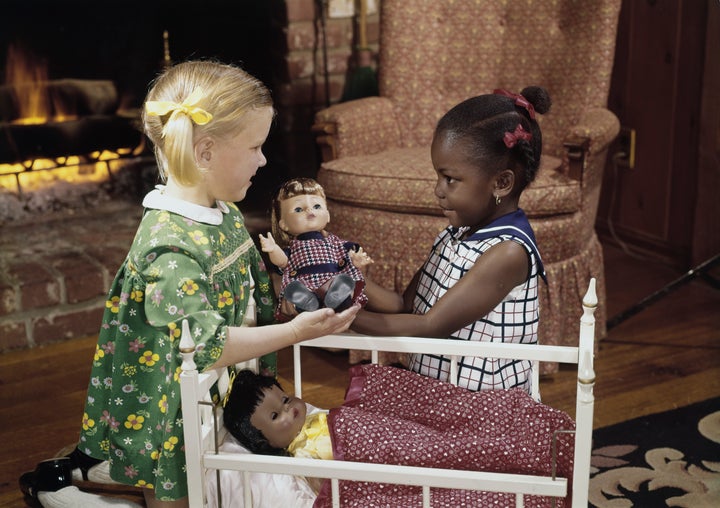
Despite attempts to address systemic racism, when education professor Toni Sturdivant recreated “the doll test” in 2021, preschool girls still had negative opinions of the Black dolls.
“When it came time to do either of the Black dolls’ hair, the girls would pretend to be hairstylists and say, ‘I can’t do that doll’s hair. It’s too big,’ or, ‘It’s too curly,’” Sturdivant recorded of the girls’ play.
It may be different for kids who grow up surrounded by Black Barbies, though. Growing up in the early 2000s, aesthetician Zehira Jirves said she only wanted to play with Black Barbies.
“The thing about my mom is, she never bought me a Caucasian doll because she knew how much of an effect that would be on me,” Jirves, 25, told HuffPost. “Even if it was a Bratz doll, she was always Sasha. That gave me main character energy growing up.”
The family’s Queens, New York, home was Barbie central.
“I had Black Barbie sheets, Black Barbie pajamas,” she said. “For my 8th birthday party, me and my mom made my own pink birthday cake and had a Black Barbie ballerina.”
Jirves estimates that she and her sister amassed over 50 Barbie dolls by the end of their collecting days.
“As a Pisces child, my imagination was so wild; I had so many to play with, so many options and stories and houses,” she said.
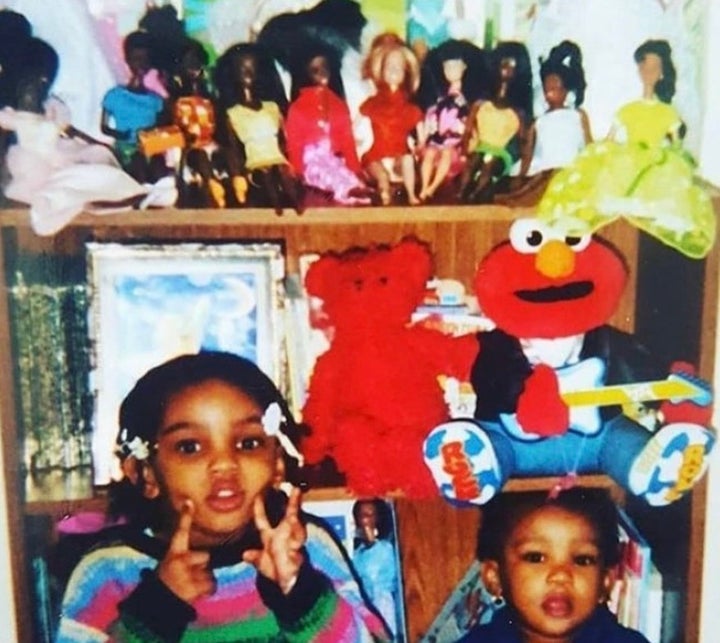
Jirves’ mom went above and beyond to search out authentic-looking Black dolls and counter any negative cultural messaging her daughters received about being Black.
According to Margaret Beale Spencer, a child psychologist and University of Chicago professor, Black parents often have to make a conscious effort to protect their kids from bias by “reframing messages that children get from society” about racial preferences.
White parents, Spencer said, “don’t have to engage in that level of parenting.” Jirves’ mom did.
“My mom did such an amazing job making sure that we were proud of our kinky hair and our beautiful brown skin. Our Black Barbies were part of that,” Jirves said.
Why getting Black Barbie’s hair and styling right matters.
To its credit, Mattel has made strides to make its Black Barbie dolls more “ethnically correct”: In the 1980s, for instance, they tasked Kitty Black Perkins, a Black Mattel designer, with conceptualizing a doll that channeled Black popular culture and aesthetics of the time.
As gender and women’s studies professor Aria S. Halliday writes in “Buy Black: How Black Women Transformed US Pop Culture,” though the doll’s skin was lighter than Mattel’s earlier attempts at a Black doll, her hair was in an Afro style. Halliday writes:
[Black Perkins] even accessorized Black Barbie with a “stylish haircomb/pick” and choice of hoop or dangle earrings to match her “disco” outfit. The box details how to “fluff her hair with the pick” when playing with Black Barbie and includes an illustration of these instructions for those unfamiliar with the practice. Short of a satin bonnet, Mattel is clear to name, communicate, and illustrate how to play with this new addition to the Barbie line, further explaining the difference in play that she represented.
Mattel’s Shani dolls, also created by Black Perkins, went even further: For the first time at Mattel, Black dolls were stylized with supposedly different molds than white dolls.
Eager for progress on representation, Black doll makers outside of Mattel have worked to either fashion their own dolls or modify preexisting Black Barbies to make them less Eurocentric.
In 2011, Karen Byrd created Natural Girls United, a small business that gives Black Barbies the makeover treatment with natural textured hairstyles: chunky locs, auburn Afros, blond spiral curls.
Each doll takes about three hours to three days to make over, and many of the dolls come with long eyelashes, painted nails, and handmade dresses and heels to go with their new locks.
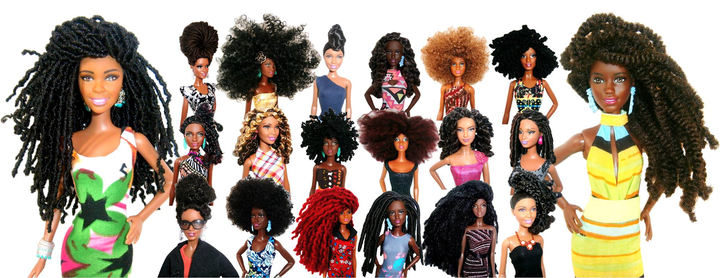
Byrd told HuffPost that raising her daughters inspired her to create the dolls. Looking for Black dolls at Toys R Us as a new mom, Byrd was just as disappointed by the options as she was when a young girl herself.
“With the Black Barbie I had as a kid, it seemed like they took a white doll and gave her dark brown skin ― to me, it was a very odd thing to see, and it definitely made me question why my features looked so different,” she said. “When my girls were younger, not much had changed.”
Now, in 2023, she’s heartened to see Mattel diversify its “diverse” dolls: In the last few years, the toy company has released dolls paying homage to Black iconic figures from the past ― aviator Bessie Coleman, writer Maya Angelou ― and a number of diverse Black dolls ― a Barbie Fashionista doll with vitiligo and a Black doll in a wheelchair.
There are dolls that look like tennis star Naomi Osaka and actor Laverne Cox, the first first transgender person to have a Barbie designed after them. Naturally, there’s a Barbie of Nicki Minaj, one of the toy icon’s most vocal stans.
“I see them making an effort to sell dolls with Afros, braids and more, and that is a big improvement from when I was younger,” Byrd said.
Jirves, the aesthetician who grew up surrounded by Barbie, would like to see more hair diversity, but she hopes Mattel consults with some Black hairstylists first, lest they repeat past mistakes.
In 2018, the company faced internet ridicule after posting a photo of a Black Barbie that wore black cornrows on one side of her head and a blond curly weave on the other: “Does anyone black work there,” one commenter asked.
“Mattel really needs to follow up by asking what Black women would think about certain hairstyles,” Jirves said. “They should be very sensitive about how they represent Black women and our hair because our hair is a statement that expresses how we feel and share our stories.”
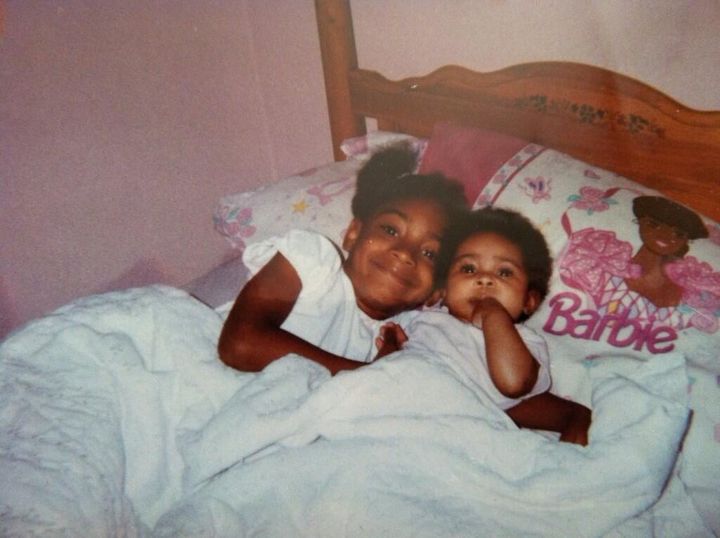
Courtney Sprewer, another Black Barbie die-hard fan growing up, doesn’t have kids and has officially aged out of the Mattel market. Still, she remembers begging for a Brandy Barbie as a little girl in the late ’90s, and how important it felt that the brand tried to get it right aesthetically.
“I still remember the thin nylon threads they used to mimic her microbraids. She was everything to me,” Sprewer told HuffPost.
She’s glad kids today get to experience dolls that look more and more like them.
“It’s important that any kid that wants to be a friend of Barbie has the chance to see themselves represented in that best-place-ever, non-depressing-real-world-reality Barbie world,” she said. “My Black Barbies, they were representation before I even knew what representation was.”
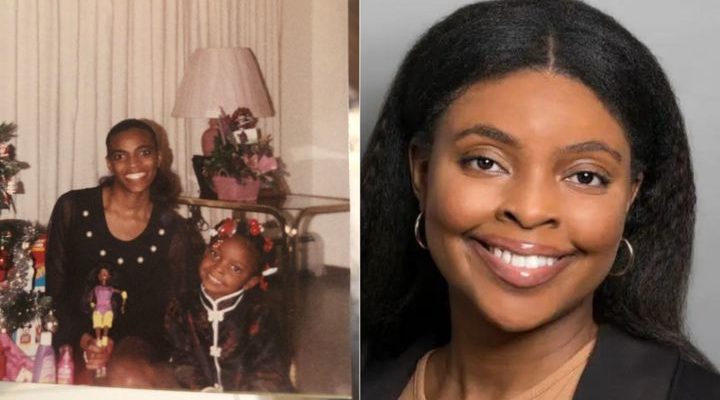










Comments